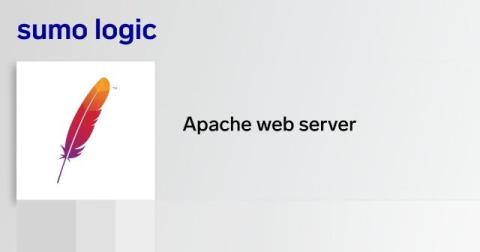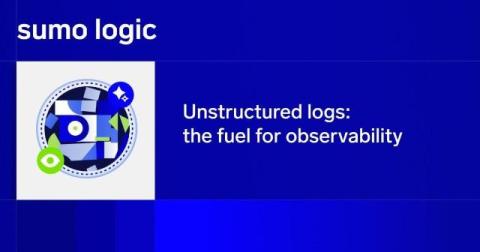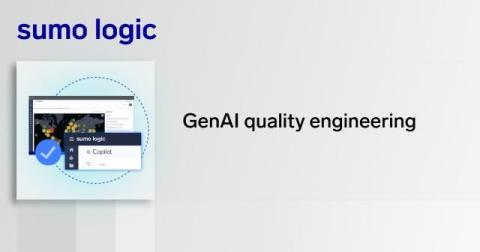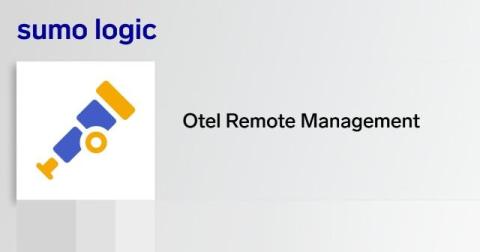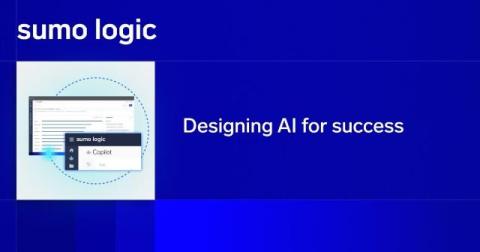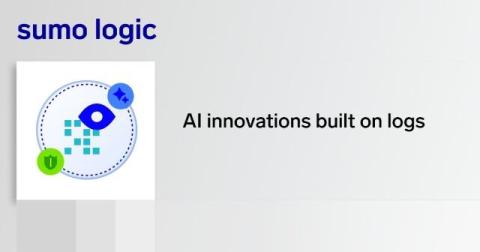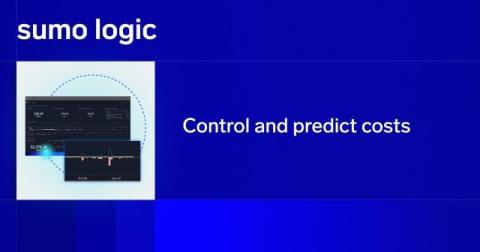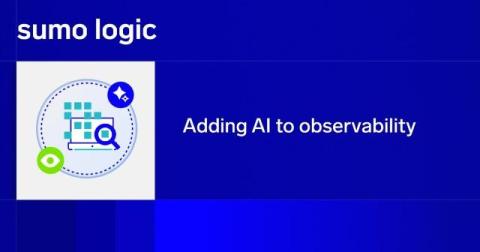What is Apache? In-depth overview of Apache web server
The Apache HTTP Server, commonly known as Apache is a free and open-source web server, that delivers web content through the internet. As open-source software, its original source code is freely available for developers to view and collaborate. This has made Apache a favorite among developers who create and configure Apache models to expand its functionality and improve on its core features.


